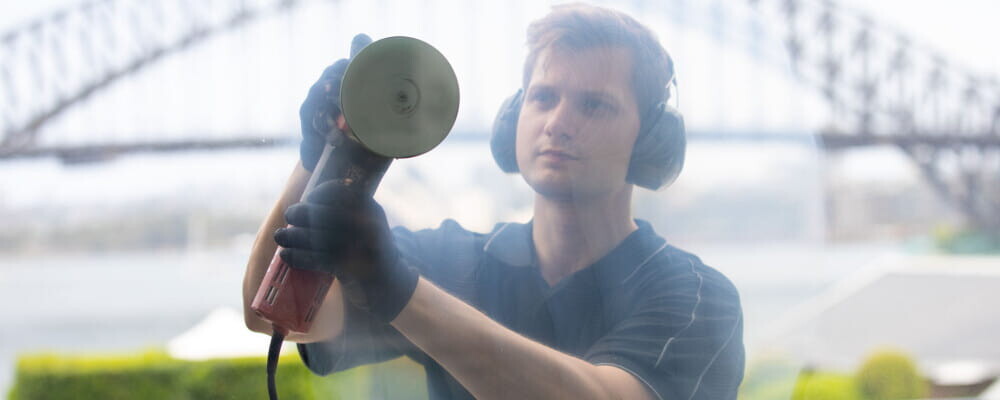


What Is The Best DIY Glass Scratch Removal Kit?

With so many different DIY scratch removal products available, how do I know which is best?
The quick and easy answer is: You need more than just a felt pad and polishing compound.
But before you jump on the internet and order the first one that comes up in a search, please take a few moments to consider a few essentials:
DIY kits are for small jobs, not for a whole panel or, worse still, for a number of panels
Taking out scratches by hand is for prison inmates (or anyone else that has unlimited time available) - you need a power tool
You need a kit with abrasives, not just a bit of polishing compound and a felt pad
Taking out scratches is time-consuming
Let's start with the tools.
It can be done with a power drill and a 50mm or 75mm backing pad that accepts abrasive disks and polishing disks. But in reality, anything larger than one or maximum two square feet needs a 125mm backing pad. These larger pads typically fit onto polishing (buffing) machines, which is ideal. Angle grinders are not suitable, they run too fast and heat up the glass within seconds to the point where it will crack. Sanders are a possibility, but they rarely come with the necessary M14 thread. Also, random orbital sanders are not suitable. As a good start check "car polishers" at the usual suspects in the spare parts game (SuperCheap, AutoBarn, Repco etc)
What type of abrasive is best for glass scratch removal?
To make things really simple: If the abrasive (not the back of the disk but the working surface) is any other colour than dark grey, don't touch it! Here is the reason why: Silicon carbide is an abrasive that possesses about 85-90% of the hardness of diamond. Aluminium oxide, which is the other abrasive widely used, has a hardness of roughly 70% of diamond. Which one would you rather use? I would use silicon carbide, wouldn't you? Yes, and you guessed it: Silicon carbide is dark grey or almost black.
One well-known abrasive disk sold for glass scratch removal is the 3M Trizact brand. It was used by many professionals until a few years ago. You can recognize it very easily by the green, pink, blue and orange colours. Don't get fooled by the famous brand. Trizact does work, but the skill level required to achieve good quality results is quite high. For one thing, you have to use it at an angle to cut enough glass and that, in turn, very likely will result in swirls and distortion.
Apart from the right type of abrasive you also need at least 3 or 4 grades of "grit", i.e coarse, medium, fine, and extra fine. Coarse is for getting lots of material off. The smaller grit sizes are for gradually getting all your self-inflicted damage out, i.e.bringing it back to smooth.
Lastly, what about the glass polishing compound?
Even the finest abrasive can only do so much. The glass will still look slightly frosty or opaque when you are through with it. To finish it off you need a rayon pad with the correct polishing compound to bring it back to clear. Don't go for felt pads, you will be there forever. Look for kits with rayon pads. And importantly, any polishing compound other than the ones based on Cerium Oxide is likely to be of inferior quality. CeO2 has been used for glass polishing (including in super-precise telescope reflectors) for over 100 years. Nothing else even comes close.
The bottom line: DIY kits certainly have their place, but don't try to do big jobs with them and remember that it is not just the right kit and tools, it also takes a certain amount of skill.
